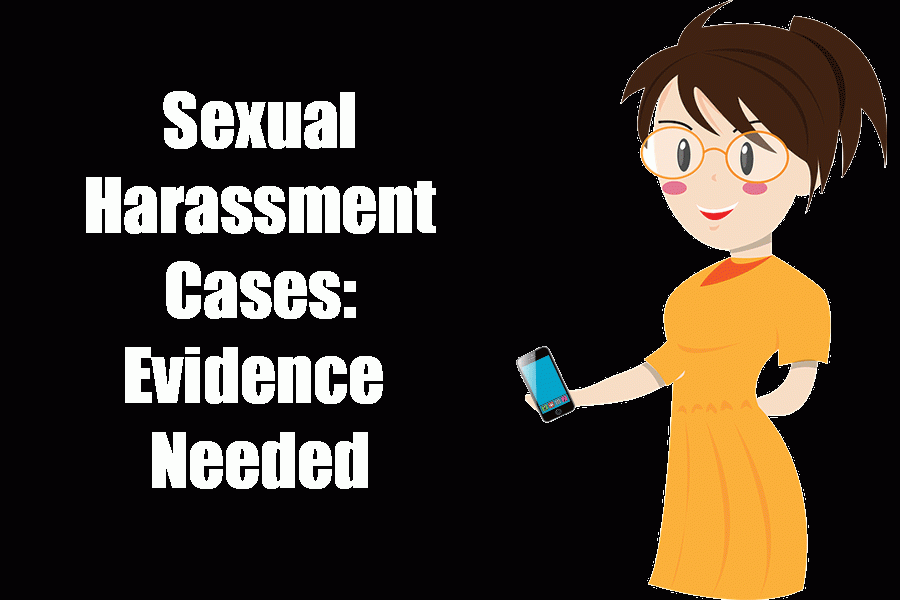Police need digital evidence for sexual harassment cases
“A person would need digital evidence,” explained McKay. “The police would need to see what was sent from one phone and what was received on the other phone. Both devices would need to be seen when building a sexual harassment case.”
— Officer Phil McKay
Sitting on the couch doing her homework, Suzie heard the familiar buzz of her phone. Looking at the device to see who contacted her, her whole body filled with dread when she saw the familiar name of a boy who won’t leave her alone. She unlocks her phone, scared to see what sort of inappropriate picture or message he left her this time, even though she told him to stop.
What Suzie is going through is a common occurrence among teens online. According to BBC, one third of girls ages 13-17 have been sexually harassed online by kids their own age.
The definition of sexual harassment is harassment in a workplace, or other professional or social situation, involving the making of unwanted sexual advances or obscene remarks. Sexual harassment is prevalent in the media today. From the Olympics to the Me Too movement to Hollywood, there is no escaping the national problem.
“If you feel like whatever is happening is giving you an eerie feeling, you should talk to your parents and make a decision on what to do,” said Officer McKay.
If a person decides to report the harassment to the police, there are a few steps that need to be taken.
Gathering evidence of what was sent and who it was sent to is important in building a case.
“A person would need digital evidence,” explained McKay. “The police would need to see what was sent from one phone and what was received on the other phone. Both devices would need to be seen when building a sexual harassment case.”
If inappropriate comments or pictures are being sent, Officer McKay’s best piece of advice is to “talk to your parents. Tell them what is going on.”












